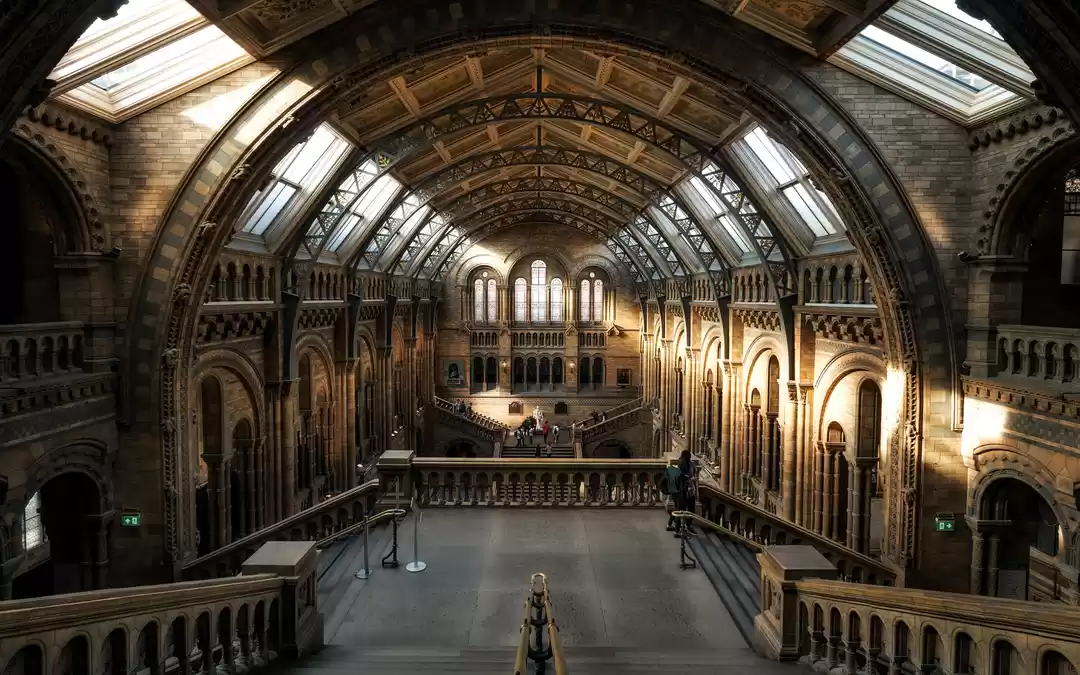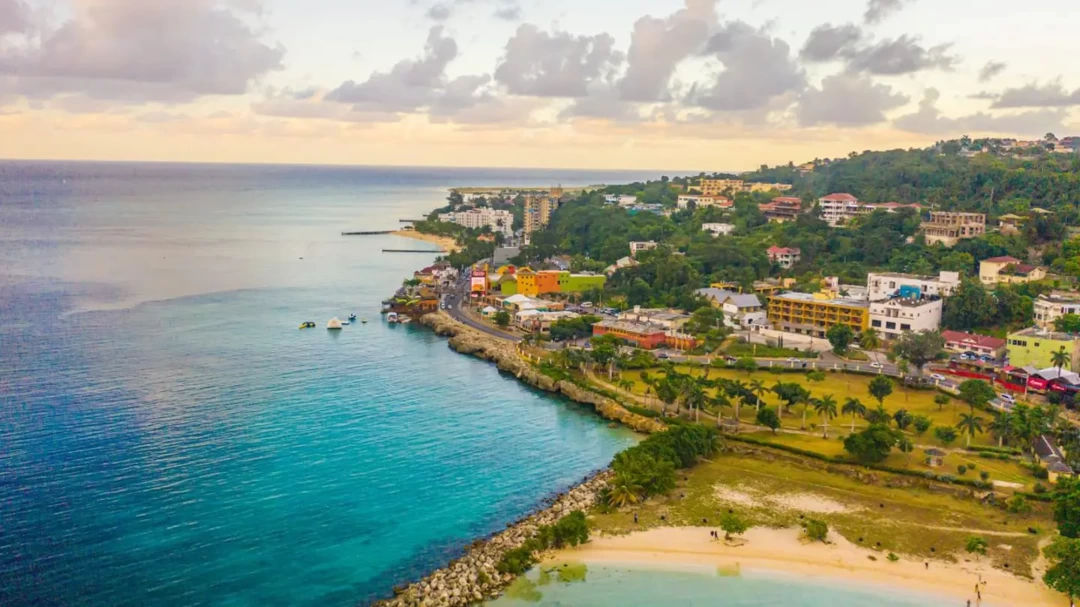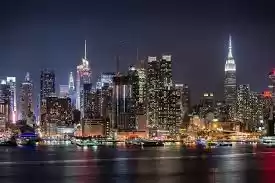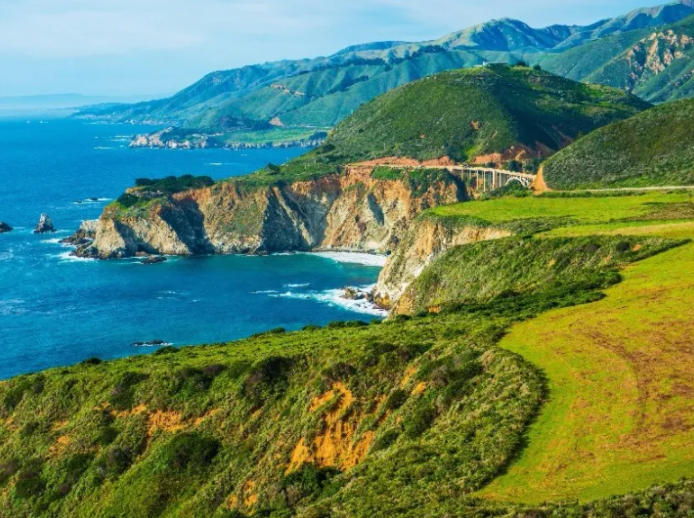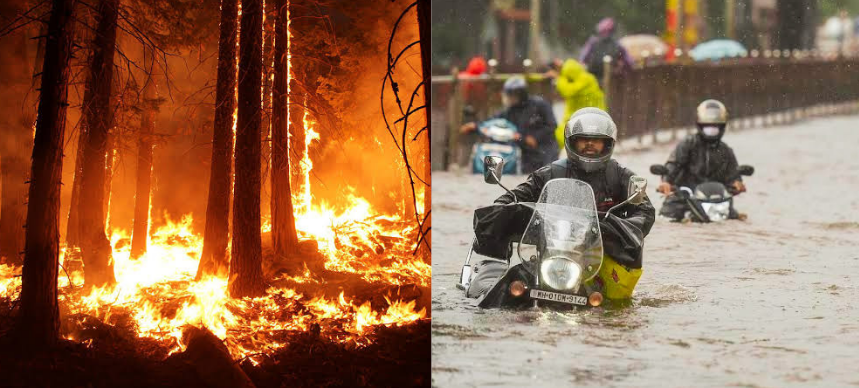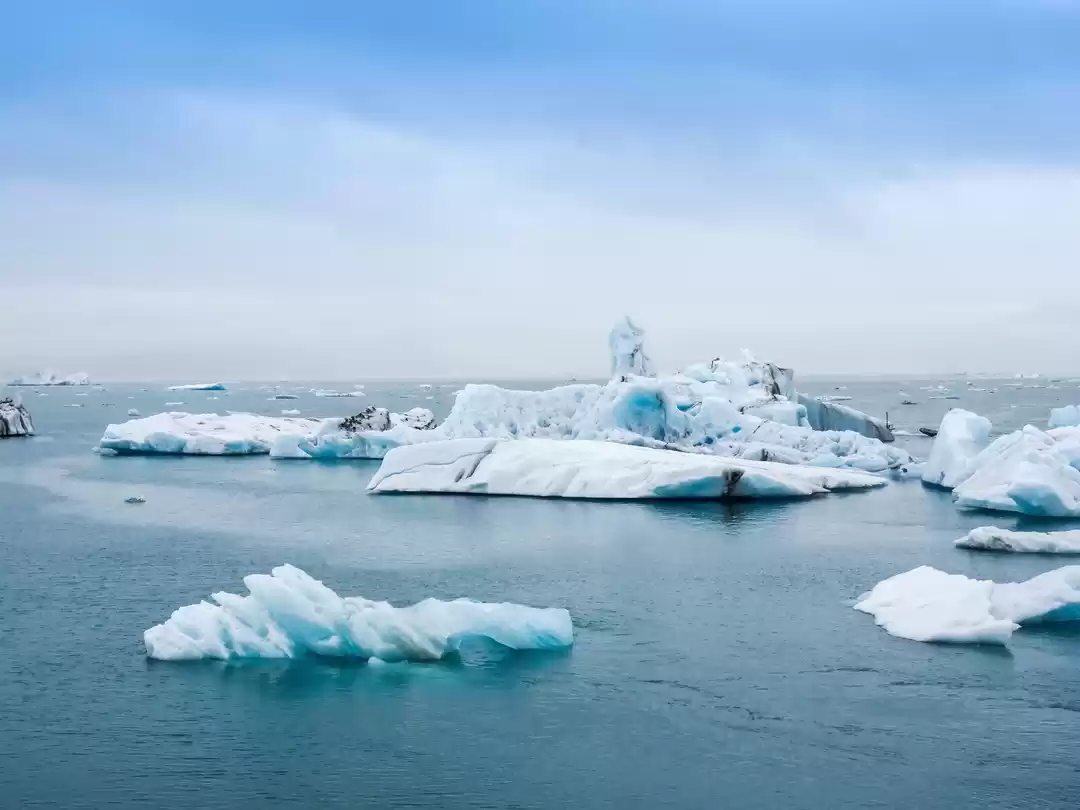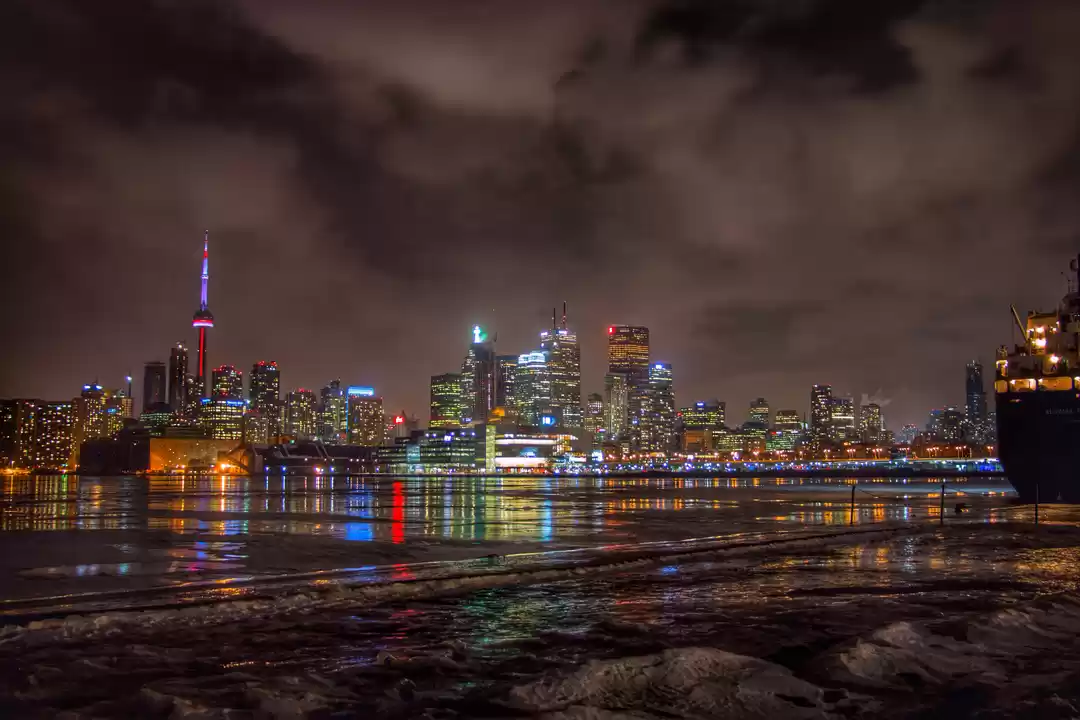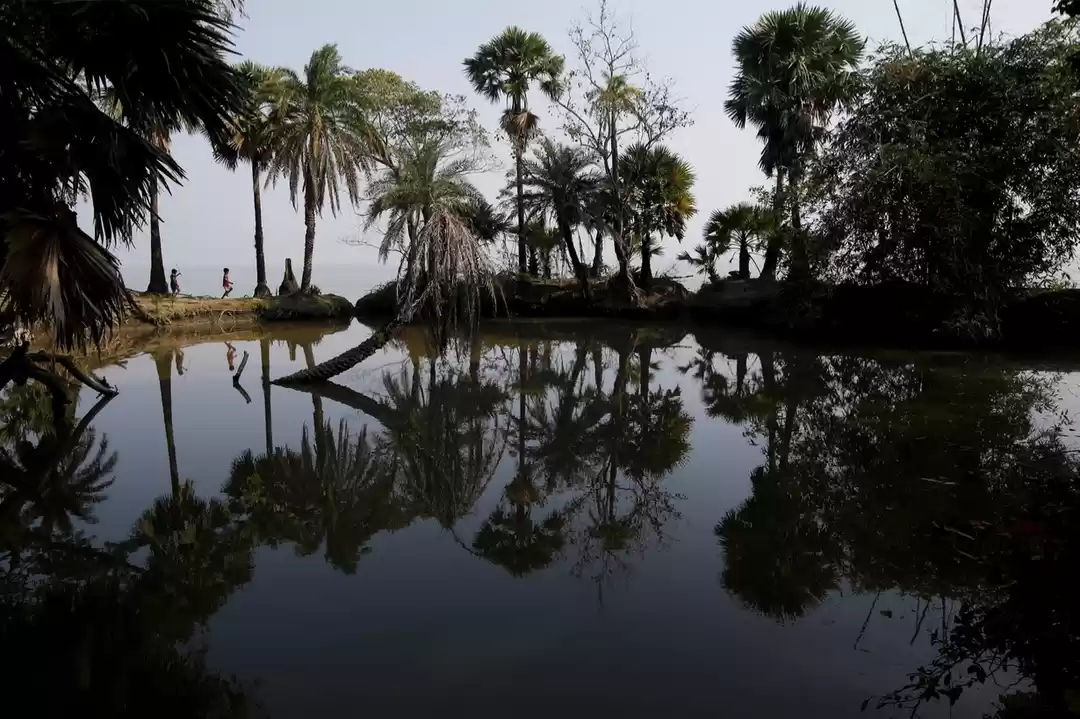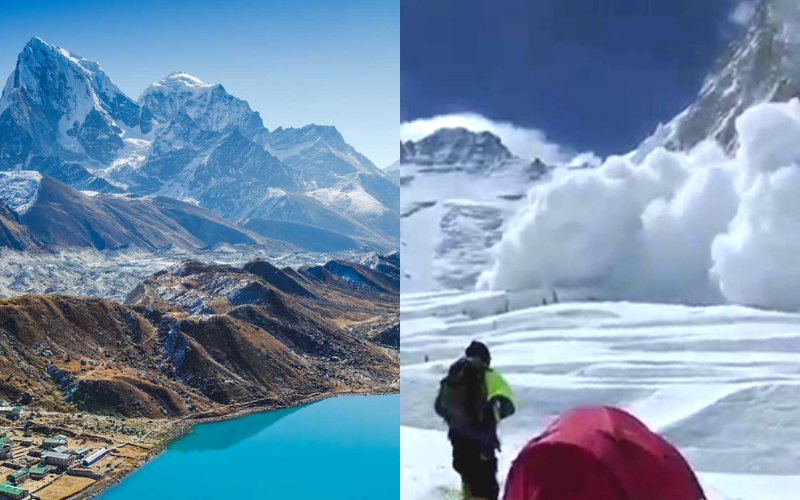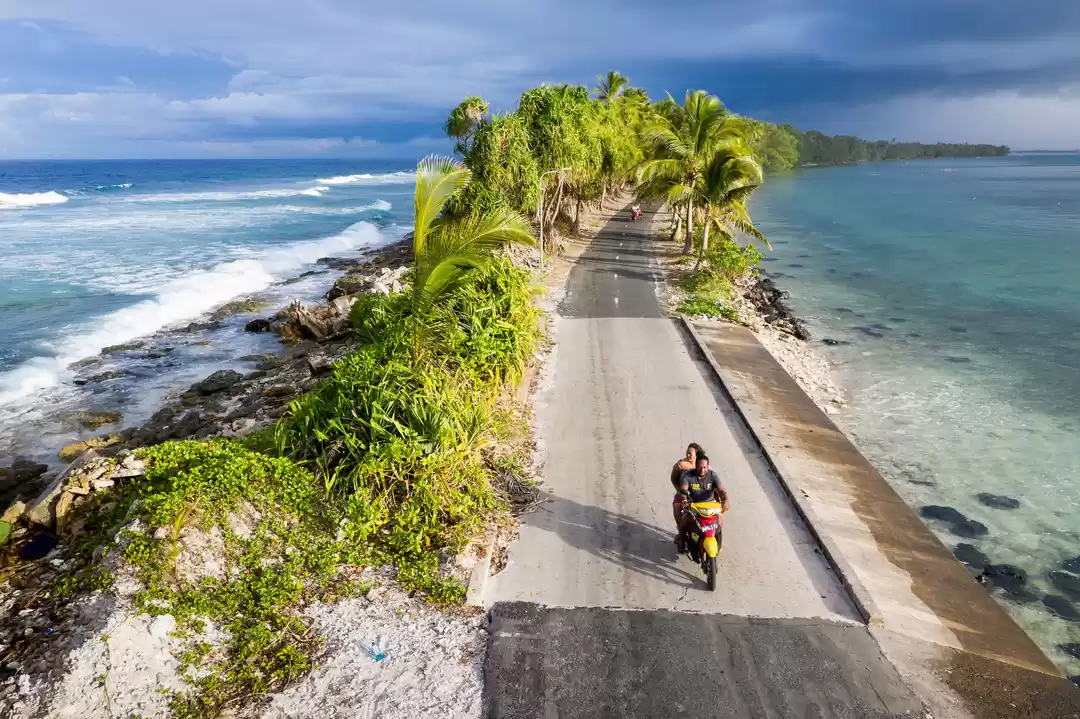Climate change doesn't seem to be creating as big a wave as it should. With eminent voices in the seat of power negating the impending threat, the problem becomes even more severe with no global vision for a solution.
Let me turn your perspective to a decaying planet by appealing to your self interest. Because if change is not set into motion right now, we will run out of places to take summer vacations in. Here's a list of some of the most spectacular locations on the map of the world, which are already showing signs of impending danger due to climate change.
The Gansu Province in China is known for its dramatic and diverse landscape to nature lovers across the world. Located in a country which is currently the highest producer of greenhouse gases in the world, the region has suffered due to rampant pollution in the recent past. Gansu province is one of the driest region in the country and though the government is trying to treat the desertification issue with various water transfer projects, but this historically significant region of China is still recognised as one the worst impacted regions by climate change.

The lowest lying country in the world has a maximum ground level of 7 ft above sea level and an average of only 1.5 ft. It faces the deadliest threat from climate change, as rising sea levels means complete submersion of an entire country. The country is seen as an extreme test case for climate change and the rising temperature of the blue ocean waters and the increasing acidity is already showing the lethal impact on the coral locations.
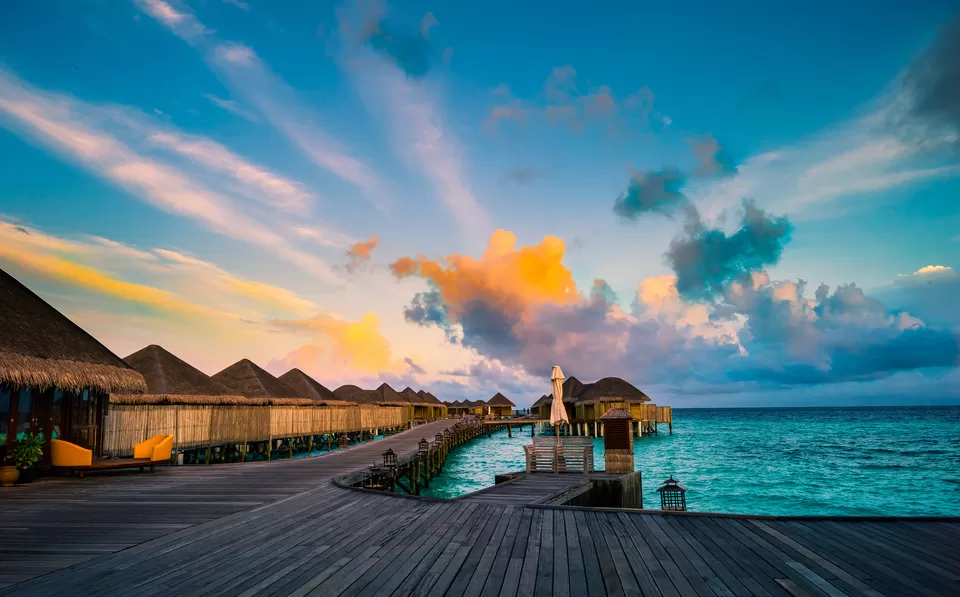
After a major loss of coral life around its islands, the accumulation of 115 islands is witnessing beach erosion. The beaches are sinking and it is suspected that the entire archipelago might be submerged within 50-100 years.

This winter sports paradise loses 3% of Alpine glacier every year. And because of their rather lower altitude, experts worry that by 2050 the Alps will lose almost all of it's ice. The predicted changes also include changes in rain and snowfall patterns and rise in extreme meteorological events such as avalanches and floods in the nearby regions.

This 8000 year old phenomena is even visible from space. But humanity hasn't done much to keep it's glory. Increasing ocean temperatures, oil spillage, water pollution, acidificationf of ocean waters and natural calamities continuously damage the reef and have caused mass coral bleaching.

Once the place was home to over 150 glaciers, but by 2005 only 27 remained. And by 2030 all of those are expected to completely disappear thanks to increasing temperatures. The loss of glaciers will effect the entire eco-system of the area as plants and animals dependent on cold and water will soon follow extinction.

The famous ghats of this ancient city have lived through several floods. But it might be on the verge of giving up as water level increases the wooden walls supporting the structure are hollowing up. Though engineers are working hard to fix the problem, forces of nature seem stringer than ever.

The lake with therapeutic minerals has shrunk nearly 80 ft in last 40 years and scientists believe that it might completely disappear within 50 years if neighboring countries don't stop withdrawing water from River Jordan (where the Sea gets it's water from).

Venice's doom is a ticking clock. After the dangerously serious floods of 2009, every monsoon brings irreparable damage and fear to this Queen of Canals. Many engineers and ecologists have been working on ways to prevent the ancient city from rising sea levels, but the future is still bleak.

This beautiful island's coast erodes 40 inches a year, and layer of ice protecting it from harsh and strong winds has started melting too. Like every other ocean body the Magdalen Islands too face a threat of submersion.

As Alaska loses it's permafrost, the entire ecosystem of North America and slowly the world get's effective. It no longer becomes about water level but also the many plants and animals whose survival depend on their environment.

It's not just the water that may drown the world. Sahara desert, already world's largest, is growing 0.5 miles every month. The possibility of it swallowing entire North Africa and changing the continent's climate is no longer the stuff of fantasy.

Japan has been experiencing temperature rising faster than any other place on Earth. Dense urbanization and several modern calamities to have happened on it's land, nature too doesn't seem benevolent. Rising sea levels, temperature rising and a completely different issue of negative population looms over Japan.

The city might not be in immediate danger but rapid melting of icebergs in Greenland will have impact on the Manhattan city of New York in near future. The rising sea level, flooding and storm surge are the key climatic problems in the region. The rising temperature poses heath risks for resident population that ranges from asthma and allergies to other serious health hazards.

Every year Bangkok experiences a rise of 0.8 degree Celsius and along with temperature fluctuations, flooding has become a present reality for the city. In last few years Bangkok's issue with climate has speed up drastically and a future with irreversible effects.

If you have been diligently reading through the points, then you should absolutely understand by now that all the issues around water-level rising are related to ice melting on the poles. The amount of ice lost per year is outrageous and growing with devastating speed.

America's favourite vacation spot is under a severe threat of climate change. Reports from University of Hawaii’s Sea Grant program suggest that the changing climate may lead to a more arid, hot and disease-ridden environment. Higher ocean acidity has led to marine migration and with the 1 to 3ft rise in the sea level, the new coastline will be a full mile inland by year 2100.

The low lying regions of South Florida are under the direct threat of the rising sea level. Even currently during the high spring tide, the sea rises up to the Florida Coast and the western part of Miami's coastline becomes a congested and crowded when the streets get flooded. This problem in the city is more frequent than ever and sea level is already rising at an alarming rate and the locals have experienced it firsthand.

Park City, Utah that once hosted the Winter Olympics is now recognised as one of the regions worst affected by climate change. Recent studies have noted the rising temperature in the region and predicted reduced snow coverage and a shorter skiing season in the area. The snow cover that was once the life and blood of the city, is predicted to disappear by the next century.

The winemaking regions of the south of France make one of the bucket list adventures for travellers across the world. The sprawling vineyards that run for more than 120 miles make a quintessential French spectacle that visitors crave for. But with the changing climate, winemakers are moving up north to regions with a cooler climate. The fact shows how the vineyards of Rhone Valley are slowly becoming prey to the rising temperatures in the region.

Tell us about your own travel experiences that have opened your eyes to the impending threat of climate change and global warming. Share your views on sustainable ways to travel through stories and photo blogs on Tripoto and connect for solutions with like-minded travellers.


